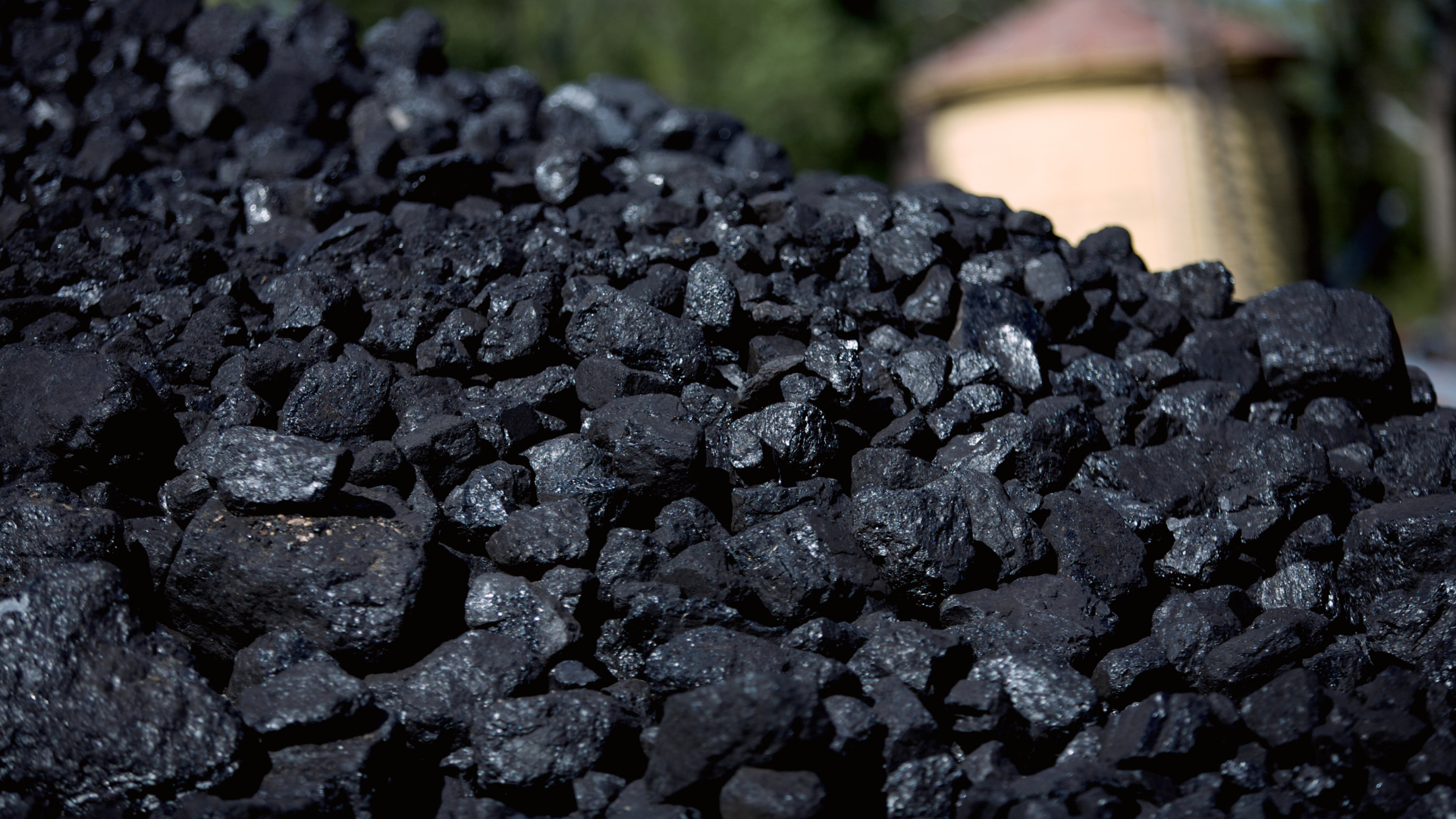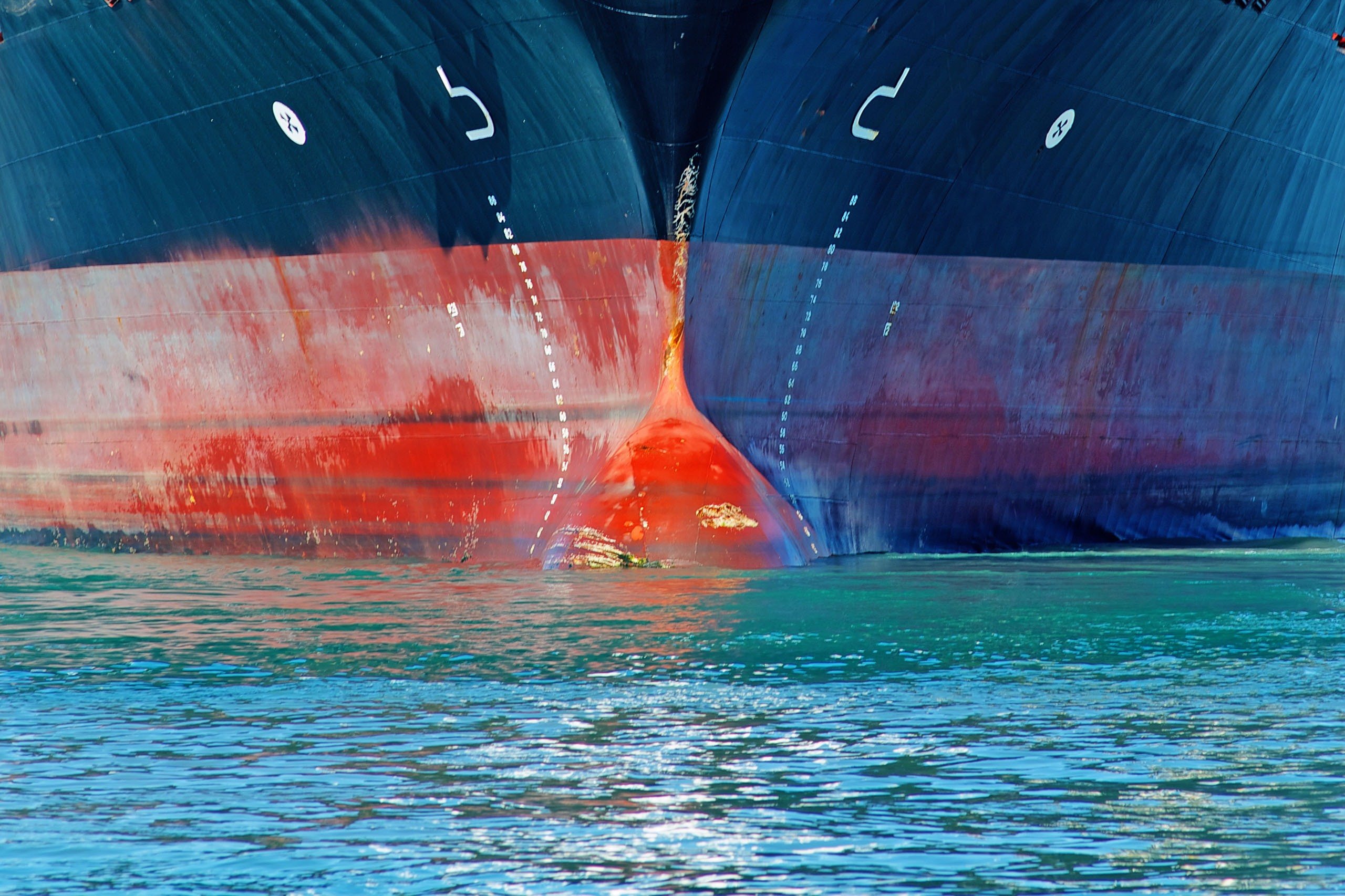
Introduction
Do you know what has made the world smaller over the past century? The invention of the container and intermodal shipping come to mind (as well as a few others) – a uniform box, capable of a multitude of transportation modes over land and sea for the movement of goods between two inland depots. As the world has shrunk, operations for the container lines have only increased in complexity as they’ve engaged in vertical integration along the supply chain.
With cargo’s newfound ability to go well beyond the vessel and even the port, container lines face new liabilities. The intermodal capability means that containers transit on public highways and railroads, areas traditionally excluded from P&I cover. This new type of risk has given rise to the Through Transport Club (‘TT Club’), a specialised transport and logistics mutual covering risks complementing P&I cover. Both covers dovetail with one another through corresponding cover and exclusions during ocean transit.
The two insurers
Before insuring entities along the supply chain, such as terminals and freight forwarders, the original intention behind TT Club cover was to complement P&I covered liabilities. Traditionally, P&I cover focuses on the marine-based liabilities that container lines are exposed to. The vessel owner qualifies for P&I cover provided that:
5. An Owner is only insured against loss, damage, liability or expense incurred by which it arises:
i. out of events occurring during the period of entry of a ship in the Club;
ii. in respect of the Owner’s interest in the entered ship;
and
iii. in connection with the operation of the ship by or on behalf of the Owner
In simpler terms, P&I covers third-party liabilities and expenses for entities either owning vessels or operating vessels in an ownership capacity. Likewise, the rule above easily precludes cover for liabilities occurring outside the scope of vessel operations, such as those covered by the TT Club.
To cover the myriad of risks outside P&I cover, the TT Club offers multiple covers depending on the entity’s role in the supply chain. For losses at sea, if a container line is not acting as a vessel owner, it is likely acting as what the TT Club refers to as a Transport Operator. A Transport Operator is “a person undertaking transport of cargo either directly or indirectly through a subcontractor”. This could either be the shipper, a non-vessel owning common carrier (NVOCC), freight forwarder or even a container line. To help counterbalance this coverage equation, the TT Club has a corresponding vessel exclusion:
G1:5 Interest in Ship/Aircraft
5.1 Where you have an interest in a ship/aircraft, we do not insure you for any risk arising while cargo (whether or not you contract to provide insured services in respect to if it):
5.1.1. is on, or is being loaded on to or unloaded from the ship/aircraft
5.1.2 is being handled in the port or airport area in furtherance of loading, carriage or discharge.
The TT Club can cover a majority of the risks on both the outbound and inbound land transits, while P&I picks up the ocean transit. However, this does not mean that the ocean transit is entirely without liabilities covered by the TT Club.
Cargo claims
Container Line A moves a cargo of frozen butter in a refrigerated container under an ocean bill of lading. The shipper loads and stows a refrigerated container properly and seals the container prior to its departure from origination. At destination, however, the cargo is found thawed and not fit for human consumption.
Here, the shipper’s case is relatively straightforward: It tendered the cargo in good condition prior to the ocean transit and spoiled cargo arrived at the destination. A simple look at the temperature log should make it easy to prove that the damage took place on the ocean leg of the transit, thus triggering P&I cover for Container Line A under the Cargo Rule. The Cargo Rule states:
Liability for loss, shortage, damage or other responsibility arising out of any breach by the Owner, or by any person for whose acts, neglect or default the Owner may be liable, of its obligation properly to load, handle, stow, carry, keep, care for, discharge or deliver the cargo or out of unseaworthiness or unfitness of the entered ship.
Therefore, Container Line A will enjoy P&I Club cover up to the legal liability limitations of the applicable cargo liability convention – for example, the Hague Rules or the US Carriage of Goods by Sea Act.
Going a bit further, a Transport Operator could be involved in the move between the cargo interests and Container Line A. Typically, a Transport Operator will issue its own bill of lading, commonly referred to as a House Bill of Lading. This bill will have similar terms and conditions as a container line’s. A shipper with a cargo will claim against the Transport Operator under the bill of lading and the vessel in tort.
The Transport Operator will have cover under the TT Club’s Customer Liabilities provisions, which cover “liability for physical loss of and damage to cargo and resulting in consequential loss”. Though also entitled to limit its legal liability under the applicable cargo convention, the Transport Operator will, in turn, claim up the contractual chain against Container Line A. The claim will be under the master bill of lading issued for the ocean transit as that will list the Transport Operator as the shipper.
Bodily injury
Containers themselves are not impervious to structural failure. They can experience several types of failure due to inadequate maintenance. Common examples include: (a) a container door falling off its fatigued hinges; (b) container flooring giving way due to corrosion; or (c) electric shocks due to exposed wiring in a refrigerated container. Potential claimants are anyone who may be on board – crew, third-party vendors or port officials.
Going back to our refrigerated container, what happens if an exposed electrical wire shocks a crew member checking the temperature of the unit? Due to Container Line A’s interest in the vessel, the TT Club exclusion would preclude cover for any common law claim the crew member may have against the container or vessel. As it is a marine-based risk for its vessel, incurred during vessel operations, Container Line A’s P&I cover would respond to the loss. An exemplar P&I rule for bodily injury for crew could be:
Liability to pay damages or compensation for personal injury or death of a seafarer, including hospital expenses, medical expenses, funeral and other expenses necessarily incurred in relation to such injury or death.
P&I would cover both the compensation benefits provided for in the seafarer’s contract and any common law claim they may have against their employer (Container Line A).
It is not uncommon to see one container line’s container on board another container line’s vessel. Say the container failure and resulting crew injury occurred when Container Line A’s container transited on Container Line B’s vessel under an ocean bill of lading. Would the cover arrangement change? In short, yes, it would. For the vessel interests or Container Line B, not much has changed. The loss occurred on board an owned vessel in the regular course of vessel operations; therefore, Container Line B’s owner’s P&I cover would respond.
By contrast, Container Line A no longer has an ownership interest in the vessel where the loss occurred. Therefore, its owners’ P&I cover would not respond, since this loss did not occur on board an entered vessel or during vessel operations.i However, the TT Club cover would respond under the Third-Party Liability (Ship Operator) cover to any common law claim the crew member may have against the container in tort. The TT Club’s Third-Party Liability includes:
1 We insure you as below
1.1 We insure you for your liability for the following, including resulting consequential loss:
1.1.1 physical loss of or damage to third party property
1.1.2 death, injury or illness of any third party
1.1.3 pollution
1.2 We insure you for your liability to indemnify a third party for its liability for the following, including resulting consequential loss:
1.2.1 physical loss of or damage to third party property
1.2.2 death, injury or illness of any third party except as at 1.2.3
1.2.3 death, injury or illness of your employee unless excluded at 2.1
1.2.4 pollution
2 We do not insure you under this clause for liabilities:
2.1 for death, injury or illness of your employee which you incur as an employer or which would normally be insured under an Employers Liability insurance
As Container Line B’s obligation to provide maintenance and cure to its crew member is on a strict liability basis, it will pay those costs in the first instance. However, Container Line B may seek reimbursement of those costs, demanding indemnity through the bill of lading indemnity provision against Container Line A. An exemplar indemnity term from an ocean bill of lading could be:
5(2) The Merchant [Shipper] undertakes that no claim or allegation shall be made against any Person or Vessel, whatsoever … which imposes or attempts to impose upon any such Person or Vessel any liability whatsoever in connection with the Goods or the Carriage of Goods, whether or not arising in contract, bailment, tort, negligence, breach of express or implied warranty or otherwise; and if any claim or allegation should nevertheless be made to Indemnify the Carrier against all consequences thereof.
Container Line A may rely on the TT Club cover to respond to this claim, as well under 1.2 (above). In the end, as Container Line A’s container failed, the TT Club would cover not only the tort claim from the injured crew member but the indemnity claim from Container Line B for the medical benefits paid.
Conclusion
Ideally, the two insurers would work harmoniously at sea through their corresponding covers and exclusions. Of course, the analysis gets a bit more complicated with functions such as slot charters, terminals and vertical integration of the supply chain (ownership of terminals and freight forwarders), but the guiding principles herein remain the same.
For more information on the insurance and risk management services provided by TT Club, visit their website International Transport and Logistics Insurance | TT Club




